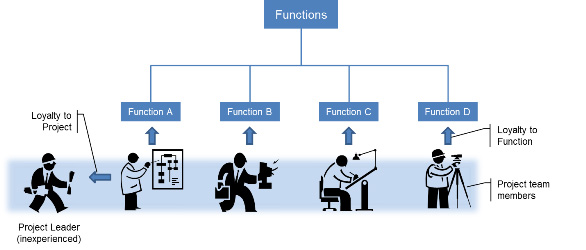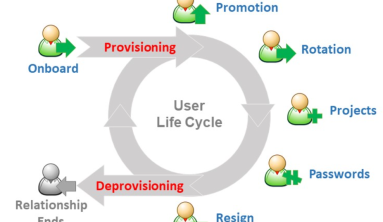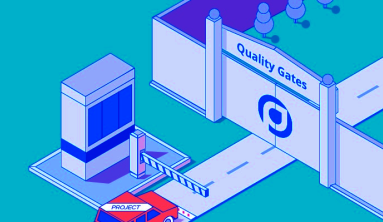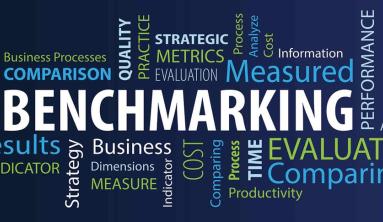When clients explore options for a software development project, a factor that greatly influences the choice of the vendor is pricing.
And while numbers and figures get most of the attention, there’s little talk about the different approaches to pricing – and which one is better suited for what kind of project.
Pricing options for software development projects
Here are the most common approaches to pricing development agencies take when estimating a software development project:
- Fixed price model
This pricing model is a common practice for smaller-scope projects. Those projects are already scoped out and pretty straightforward, so it’s not difficult to put a fixed price on them. However, the bigger the scope gets, and less specified they are, they bring more risk when trying to estimate them. That’s when we’re starting to lean towards a more agile model, time & materials.
- Time and materials model
The time and materials pricing model is actually an evolved version of the fixed-price model. It is better suited for short-time projects of limited scope. The client gets a rough estimate of expenses, a ballpark, to be able to plan the budget. However, the actual price depends on the number of hours that go into the production.
- Dedicated team model
In the dedicated team pricing model, the budget is fixed but the scope remains flexible. This model is perfect for long-term projects that require steady support and the development of new features, as well as projects that require a variety of skills and expertise: From designers and developers, through DevOps and growth analysts, all the way to QAs.
The dedicated team model steals the show
Let’s state the obvious first. As the name suggests, dedicated teams work on one project exclusively, and 100% of their time goes to that particular project.

Here are five more reasons our clients prefer hiring a dedicated team.
1. A fixed budget that’s flexible and scalable
With the dedicated team pricing model, there is no fine print or unexpected costs. The fixed budget is derived from the number of resources (ie. team members) a client utilizes on a monthly basis.
If the scope of the project suddenly changes, the dedicated team model is scaled accordingly.
2. The team becomes part of the bigger picture
One thing that colleagues who work in dedicated teams always emphasize is the level of involvement they have on projects. As the projects are usually long-term, teams are able to gain a deeper understanding of the client’s business model, challenges, and goals.
That way, teams are also more inclined to look at the bigger picture and even suggest solutions that may be outside of the project specification.
3. Transparency is the best policy
Speaking of the project specification, the project roadmap is created together with the client and product owner as sprints. With the agile way of working, constant communication, and a variety of collaboration tools used, the client is always on top of the latest developments in their project and 100% know what they are paying for.

4. A team that’s already a team
The opposite of hiring a dedicated team is putting together an in-house project team from scratch. That takes time – and time is money. You could hire 10 hopefully-compatible individuals and someone to lead them and hope for the best.
It’s a lot more cost-efficient to hire an actual team that already runs like a smooth machine that’s managed by PMs they trust.
5. Little risk, a lot of gain
In addition, when you’re building an in-house team, there are so many steps to take before the team can start focusing on the project. For starters, you have to recruit the right talent – with so many companies competing for the same folks, a little reputation goes a long way. Once you have the team in place, you need to tend to your crew every single day.
Wouldn’t you rather have an expert best employer do that while and pay your undivided attention on the project?
The model proven by clients
When agreeing on the right pricing model, it’s smart to consider the scope and length of the project, the probability of changes to the project, and the level of involvement you want your project team to have.
This model has shown to be a client favourite, as it allows them to stay on top of the budget, but also manage the pace of production according to their cash flow and deadlines. Another important thing is that the dedicated team model allows the client to create a bond with the team, which helps build trust and increase efficiency.
If you can clearly visualize the destination, but aren't sure about how to get there, trust our dedicated team with your project.





